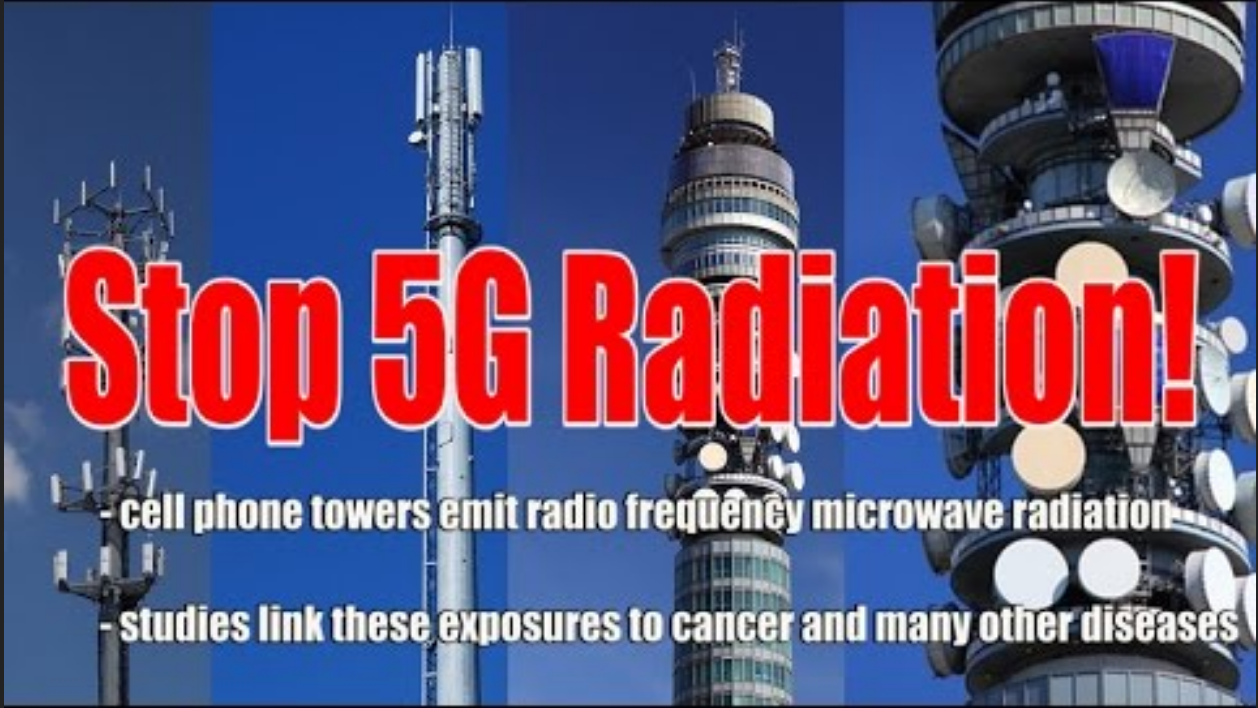5G cell towers are a brand new type of antenna that's being used by wireless companies to provide internet services. They have more capabilities than 4g towers, and can be more dense.
Many cities are becoming concerned that these towers could cause harm to residents. This includes privacy, health and aesthetic issues.
They're Bigger
With 5G, the frequency of radio waves is higher than 4G- which means that it requires more towers to transmit data. This will increase the amount radiation that can be emitted into the environment.
This is a huge concern for HOA communities, business owners, real estate investors, and those worried about negative health effects. They worry that adding more 5G towers could lower the value of properties and adversely affect public health.
The only way to fix this issue is to alter the way we communicate by using WiFi instead of conventional mobile networks. This isn't going to occur overnight but it will eventually happen.
But how can what is safe distance from 5g tower be done? What can what is safe distance from 5g tower do to ensure that it is safe? The answer lies in the technology of cell towers, also known as small cells.
They're more expensive

If you're living in an urban area, you've likely observed large towers of cellular equipment that are atop towers and structures. These are cell towers with 4G and they're used to provide wireless network service to surrounding regions.
They're typically 50-200 feet talland are made to blend into the surrounding environment, reducing their aesthetic impact. Compared to 4G, 5G technology requires more dense tower coverage in order to provide coverage across a wide area.
Those dense cell sites can be difficult to maintain because they need to be constantly in operation and offering fast speeds. This means they're more costly than other types of towers.
If you're a tower owner or mobile network operator, it's sensible to upgrade your current towers to 5G to take advantage of the new technologies that are coming to market. Incorporating these latest technologies into existing websites will improve the functionality of the site and ultimately result in more profits for you.
They're More Dangerous
What Makes 5g Towers Bad
One of the biggest issues with 5g towers is that these emit more radiation than other kinds of towers. This is because they need to be more densely placed over an area in order to guarantee coverage.
The RF waves generated by cell phone towers do not contain enough energy to harm DNA directly or to heat tissues in the body, but they can degrade chemical bonds in DNA, which may cause cell damage and even cancer.
It is a reason to be concerned that living near a 5g tower could have negative health consequences.
The reason is that 5g towers are more likely be placed close to schools and homes in areas where they transmit radio frequency waves all the time. This means they'll be closer than ever before, and it's more likely that radiation will be absorbed into your body.
what is a safe distance from a cell tower 're not necessary
5G networks use a brand new segment of the radio spectrum that can transmit data. These are referred to as millimeter waves. They're much shorter than traditional radio waves at just 1-10mm in length. They have a higher frequency and are able to transmit more power.
To deliver the ultra-fast speeds and low latency that 5G promises, it's essential to establish a vast array of mobile towers. This requires a lot of cell masts to be able to cover roads, cities, business districts, colleges as well as farms.
However, there are other ways to deliver fast internet service in highly-populated areas. One option is to create small cell towers which are distributed in a dense manner to reduce coverage gaps.
However, the biggest concern is where these tiny cells will be placed and how they'll impact residents. Local government and residents are working to determine ways to block the installation or prevent it from happening in their communities.
